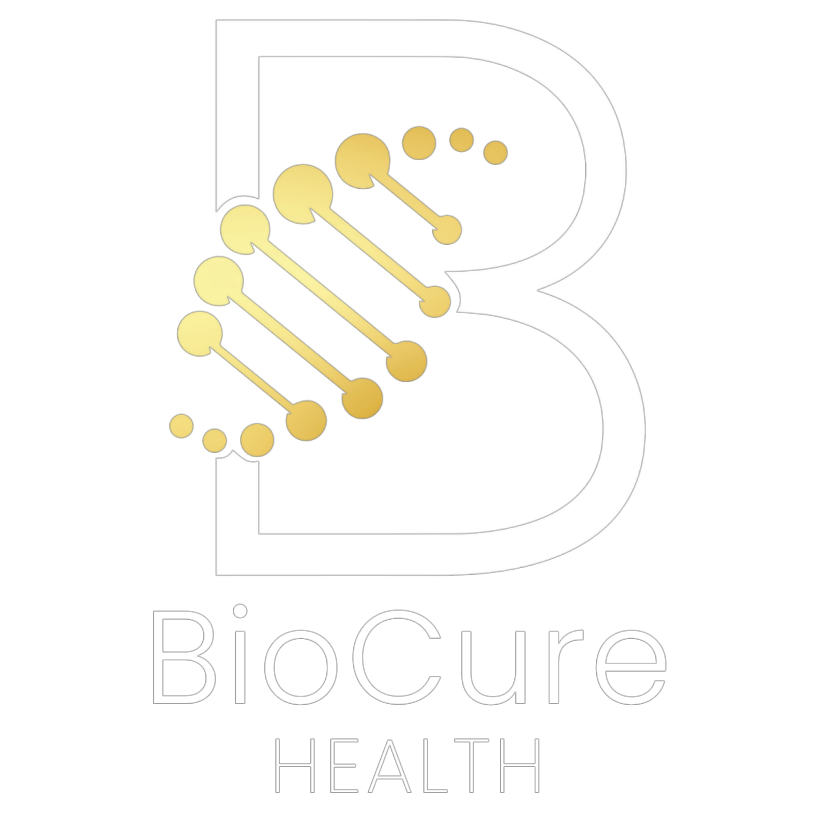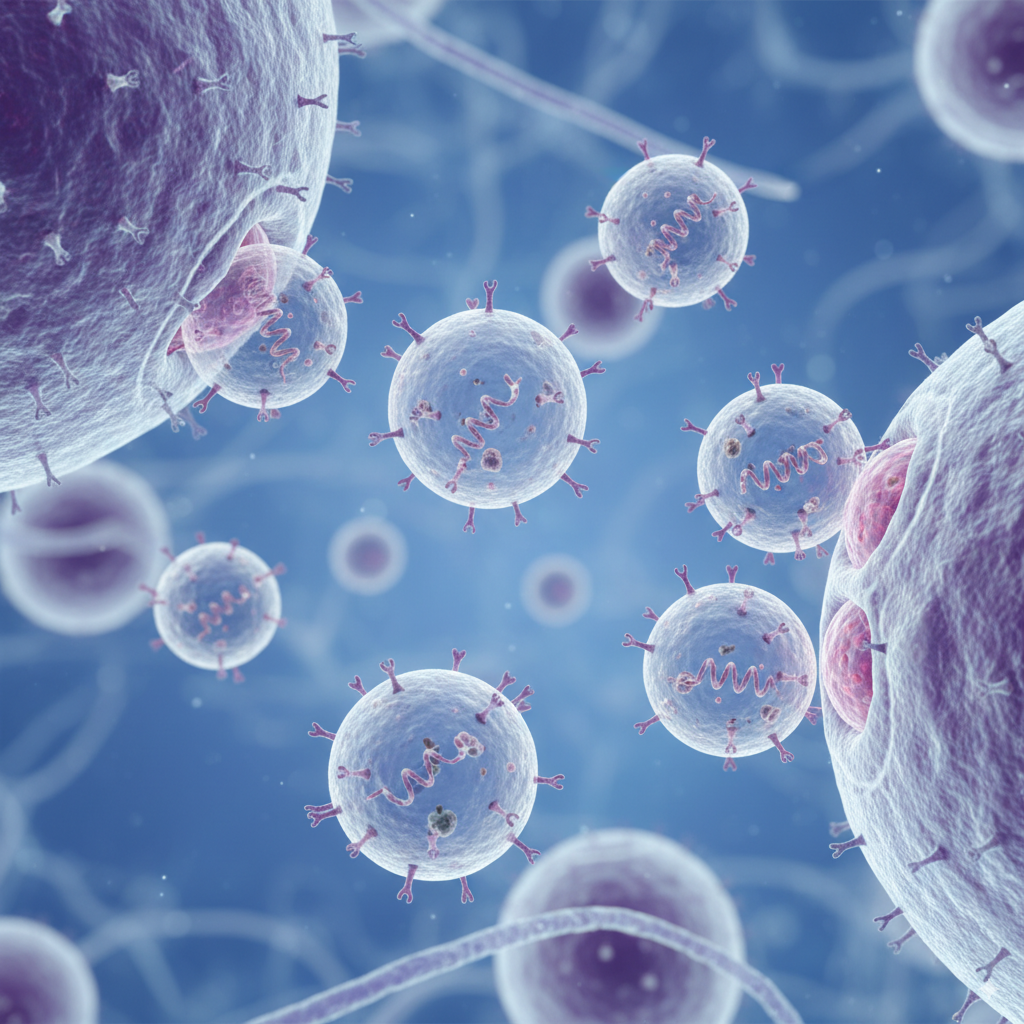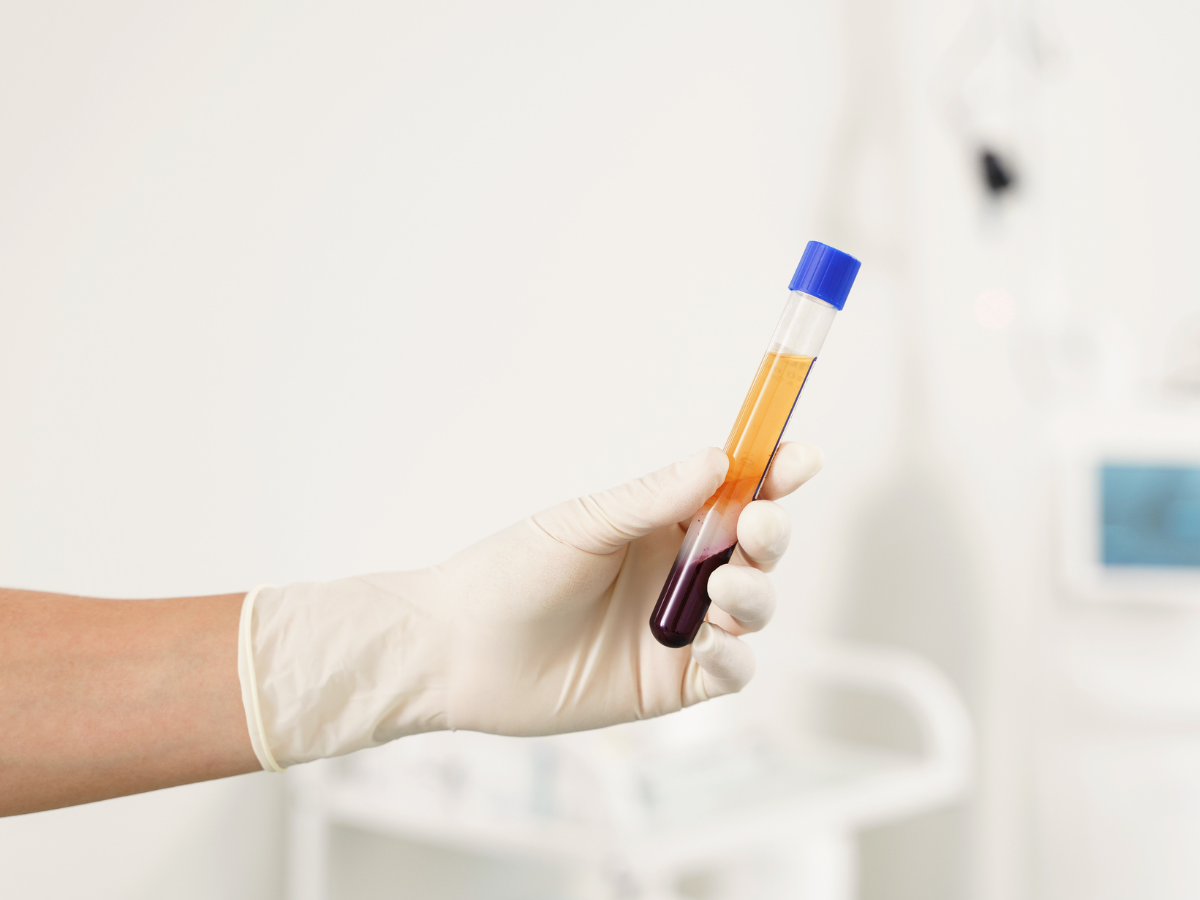If you’ve ever scraped your knee as a child or healed from a broken bone, you’ve seen your body’s natural ability to repair itself in action. However, what about bigger issues like joint pain, chronic inflammation, or injuries that linger for months? Can the body really heal itself in those cases too?
That question has sparked enormous interest in the world of regenerative medicine, particularly in treatments like stem cell therapy and platelet-rich plasma (PRP). These therapies tap into your body’s built-in repair mechanisms, but with a boost that can accelerate healing and recovery. Let’s break down what this actually means, and whether the hype matches reality.
The Body’s Natural Repair System
Your body is always in repair mode. Tiny injuries, daily wear-and-tear, and even cellular aging are constantly being addressed by your internal maintenance crew: specialized cells, growth factors, and proteins that rebuild tissue. The problem is that as we age, this repair process slows down. Collagen production decreases, stem cells become less active, and healing takes longer than it used to.
That’s where regenerative medicine comes in. Instead of replacing damaged tissue with surgery or just masking pain with medication, regenerative therapies aim to reactivate and accelerate the body’s own healing powers.
What Are Stem Cells?
Stem cells are often called the “master cells” of the body. They can transform into many different types of cells, from cartilage and muscle to nerve and bone. When an area of your body is damaged, stem cells are signaled to migrate there and start the repair process.
In stem cell therapy, doctors deliver concentrated stem cells directly into an area of injury, like a worn-out knee joint or a shoulder with a torn tendon. These cells can reduce inflammation, encourage new tissue growth, and potentially restore function in ways the body alone might struggle to do as we age.
What About PRP?
Platelet-rich plasma is another tool for boosting healing. Your blood naturally contains platelets that are packed with growth factors, which are like chemical signals telling your body to start repair work. PRP involves drawing a small amount of your own blood, spinning it in a centrifuge to concentrate the platelets, and then re-injecting that rich plasma back into the area that needs help.
Think of it like jumpstarting a car battery. Your body has the power, but PRP gives it the extra charge it needs to accelerate healing. It’s often used for sports injuries, arthritis, tendonitis, and even skin rejuvenation.
Do These Treatments Really Work?
Research is ongoing, but many studies and patient experiences show promising results. Stem cell therapy and PRP have helped people reduce pain, improve mobility, and recover from injuries more quickly. Sometimes, it just needs a little push in the right direction.
The Bigger Picture: Longevity and Prevention
The real beauty of regenerative medicine is that it shifts the focus from managing symptoms to restoring health. Instead of accepting decline as inevitable, people are asking: how can I support my body so it repairs itself better, for longer? Stem cells and PRP may be part of that answer, helping people not only recover from injuries but also maintain mobility, vitality, and quality of life as they age.
Final Thoughts
So, can your body heal itself? Absolutely, but with the help of modern regenerative therapies like stem cells and PRP, that healing can be faster, stronger, and more complete. Rather than waiting for damage to pile up, regenerative medicine offers a proactive way to unlock the body’s natural ability to repair and thrive. To find out how Stem Cells and PRP may be able to help you, call or text us at 754-206-0383 to schedule a video consultation with one of our specialists.
